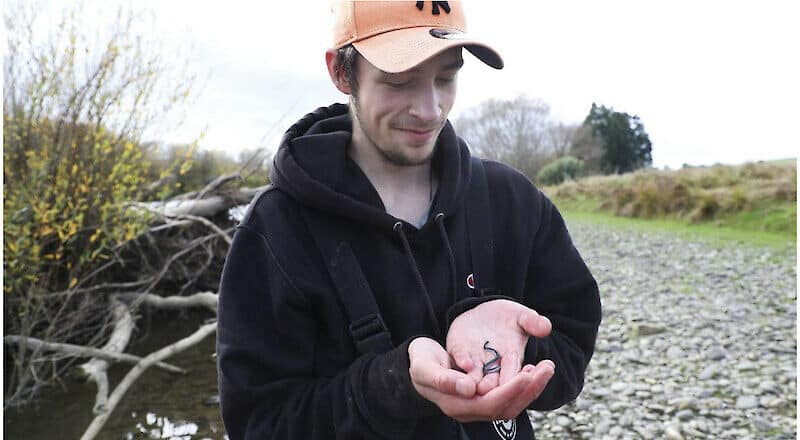
How Hokonui Rūnanga are working to restore kanakana numbers
Monitoring the species in the river would help the group understand where it needed to focus efforts to
Mataura Te Awa Mataitai, New Zealand’s first freshwater reserve, was opened in October 2006 by the then Minister of Fisheries Jim Anderton.
In his opening speech the Minister acknowledged the driving force of Hokonui Rūnanga kaumatua Rewi Anglem who applied to the Government in 2003 for the establishment of the mataitai at Mataura:
“This river (Mataura) and its culture to you is like the life blood flowing through you. It is an important place for customary food gathering.”
The mahinga kai custom under-pins Ngai Tahu culture. It is central to the relationships with places, species and resources, to the cultural, spiritual, social and economic well-being of Ngai Tahu and is vehicle for the transfer of traditional knowledge from generation to generation.
Mahinga kai was identified as one of the “nine tall trees” or nine major grievances Ngai Tahu lodged against the Crown as part of the Ngai Tahu Claim (WAI 27), Such was its importance to the tribe.
Mahinga kai refers to the custom of gathering food and natural resources, the practises involved, and the places where they are gathered. The associated custom of kai hau kai (exchange of food/resources) was one of the major economic institutions in traditional life, being the means by which food and resources as well as knowledge was traded and exchanged between iwi hapu and whanau.
Along with the whakapapa, which provides the genealogical connection to resources, mahinga kai explains explains the traditions of use associated with flora, fauna and resources, from which spings matauranga or traditional knowledge relating to these taonga.
The Mataura river remains an important mahinga kai for Ngai Tahu Whanui because of its use as an access route for the gathering of pounamu. The Mataura was particularly noted for the gathering of kanakana (in particular the falls at Tuturau and Te Au-nui (great current) – the falls at Mataura
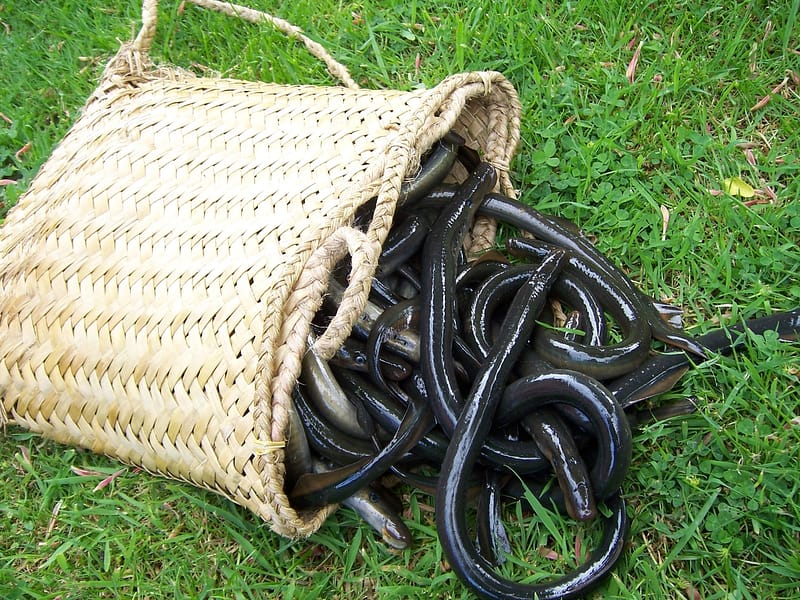
Paroparo Te Whenua a Kati Mamoe Rangitira, an Ancestor, was given the Mataura country when the whenua was divided up.
On one of his visits while camped at Croydon it rained heavily causing Mataura Awa to flood. After the Awa had returned to normal he noticed birds gathering at Te Au Nui. He then sent some of the tribe down to see what the attraction was.
They found that the receding flood waters had left high numbers of stranded kanakana and the birds were feeding on them. On further investigation they found more clinging to the rocks at the falls Te Au Nui.
Since that time generations of Waitaha Katimamoe Ngaitahu have gathered kanakana for their whanau.
Te toto o te tangata, he kai, te orange o te tangata, he whenua
[food supplies the blood of the people, their welfare depends on the land]
To find out more about our Kanakana Monitoring program click here.
The Mataura Falls before Industrialization
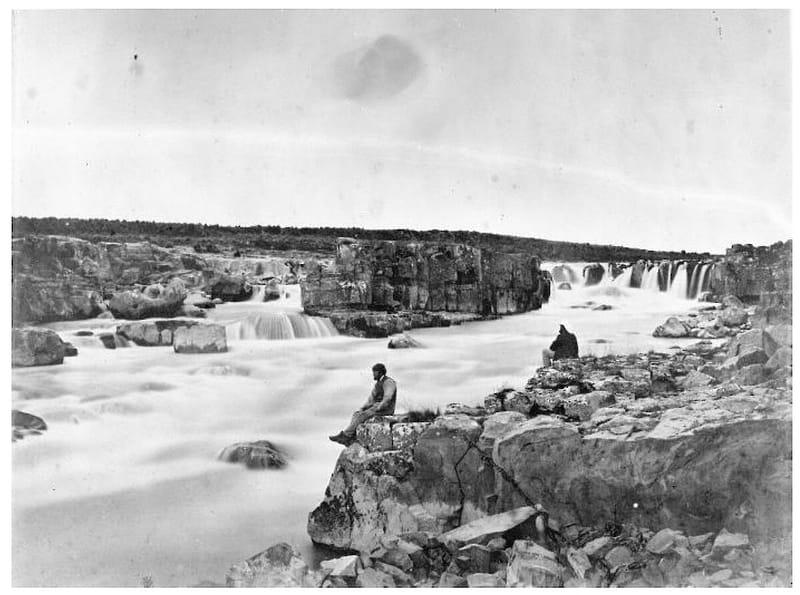
The Mataura Falls today
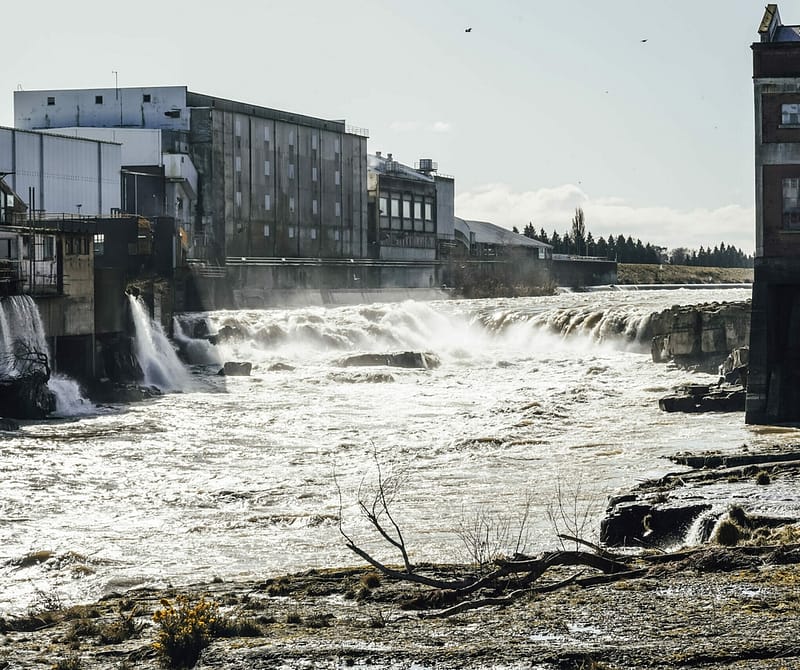
As shown above, the state of the Mataura Falls before and after industrialisation varies considerably. This is why we have implemented the following objectives:
Mo Tatou a, mo nga uri a muri ake nei [for us and our childrens children after us].
Explore Mataura Falls, known traditionally as Te Au-nui-pihapiha-kanakana, the great falls of kanakana, and find out why this area is significant to mana whenua.
Set a hinaki and catch a longfin eel. Find out more about this taonga species and how tuna are tracked and monitored at this site.

Monitoring the species in the river would help the group understand where it needed to focus efforts to
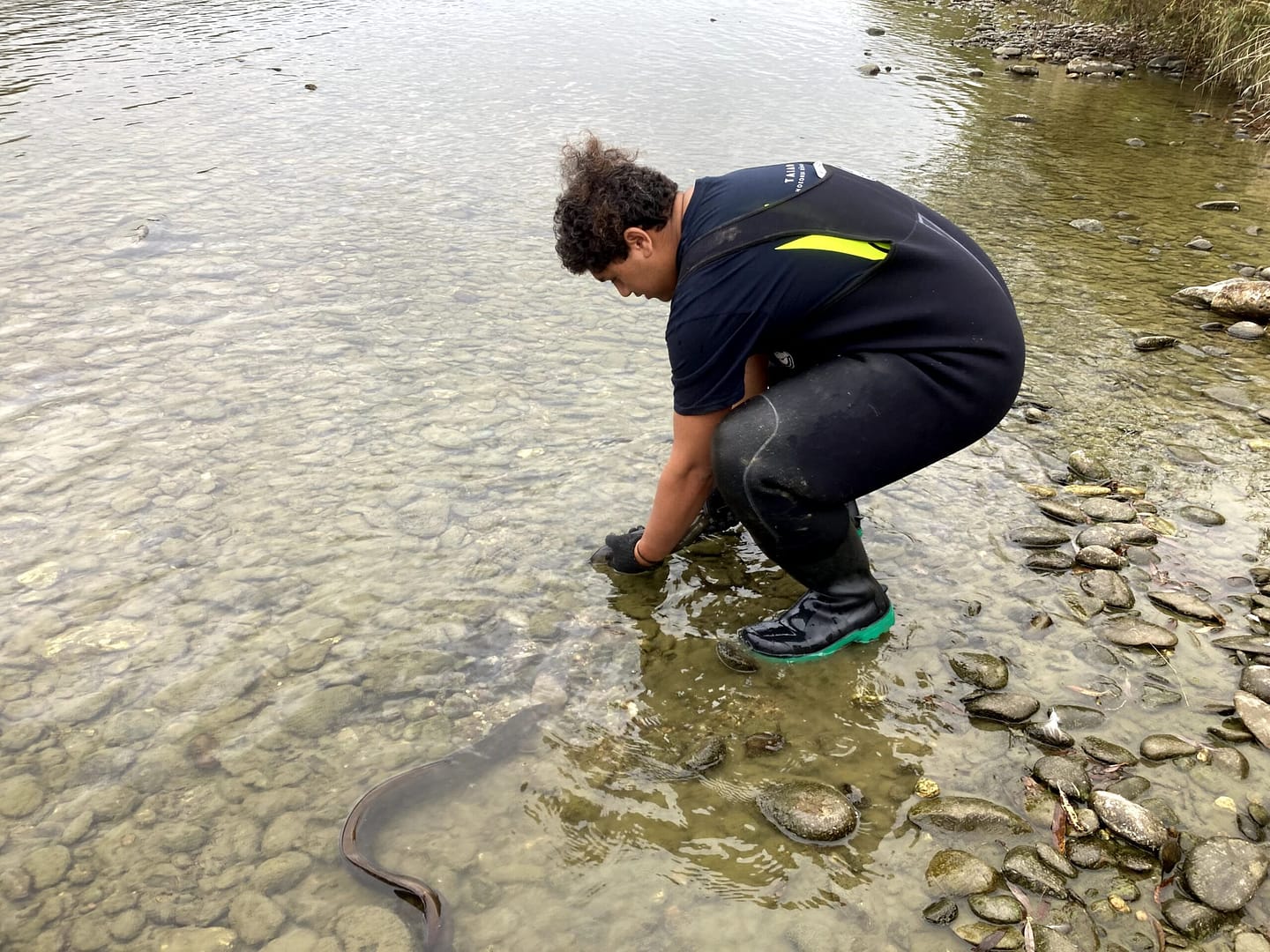
The tauira, along with facilitator Matt Dale, set hīnaki in multiple areas stretching from the Mataura Mātaitai through

On Wednesday 27 April, we were very lucky to have the Minister for Māori Development Willie Jackson join